Pallet racking dimensions are fundamental when designing an efficient and safe warehouse storage system. The right racking system maximizes storage space, enhances workflow efficiency, and ensures safety standards are met.
In 2023, over 870 million square feet of warehouse space in the U.S. and Canada were equipped with industrial steel racking systems, emphasizing the growing demand for well-designed systems to optimize storage and improve operational flow.
Understanding how to choose the correct pallet racking sizes based on your inventory and warehouse needs is crucial for optimizing space and operations.
This guide will walk you through various pallet racking dimensions, types, and specifications to help you make informed decisions for your warehouse setup.
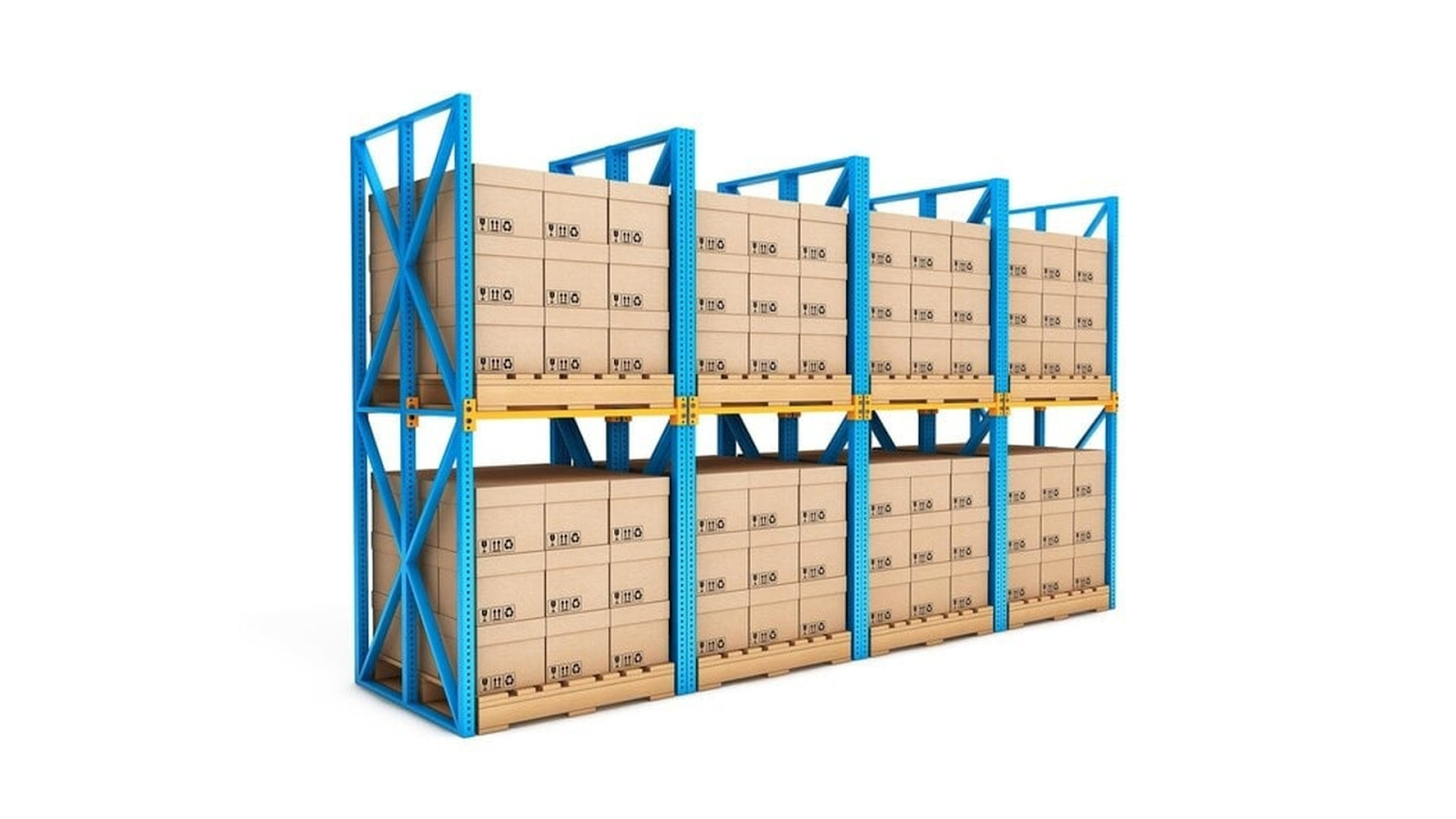
The upright, or frame, is the vertical structure of a pallet rack system that holds the beams and supports the load. Understanding the dimensions of these uprights is critical when choosing the right system for your warehouse needs.
The upright depth determines how far the pallet rack extends from the wall or other structures. The most common pallet racking upright depths are:
Selecting the right upright depth ensures optimal space utilization and load-bearing capacity.
Pallet rack beams connect the uprights and hold the pallets. They vary in size to support different load capacities. The most common beam dimensions include:
Standard Beam Lengths:
Beam Thickness:
Choosing the right beam size ensures the system can support the weight of your inventory while maintaining stability.
Upright height is another critical factor in pallet racking dimensions. The height of the rack must align with the warehouse ceiling height and your storage needs. The common range for upright heights is:
Selecting the correct height ensures you maximize vertical space without overcrowding the warehouse.
The width of uprights typically varies based on load requirements and beam length. The most common widths for uprights are:
The upright width must correspond to the size and weight of the pallets it will hold.
Source Equipment offers customizable pallet racking systems and heavy-duty lift tables designed to optimize your storage space and enhance material handling.
After selecting the right dimensions, don’t forget to account for the required clearance between racks to ensure smooth and safe operations.
To ensure smooth operation and safety, it’s essential to maintain the correct clearance between racks. A general guideline for clearance is:
Aisle Width:
Forklift Clearance:
Proper clearance reduces the risk of collisions and ensures easy access to stored materials.
Once clearance is established, the next step is to explore the different types of pallet racking systems and their specific dimensions for optimal space utilization.
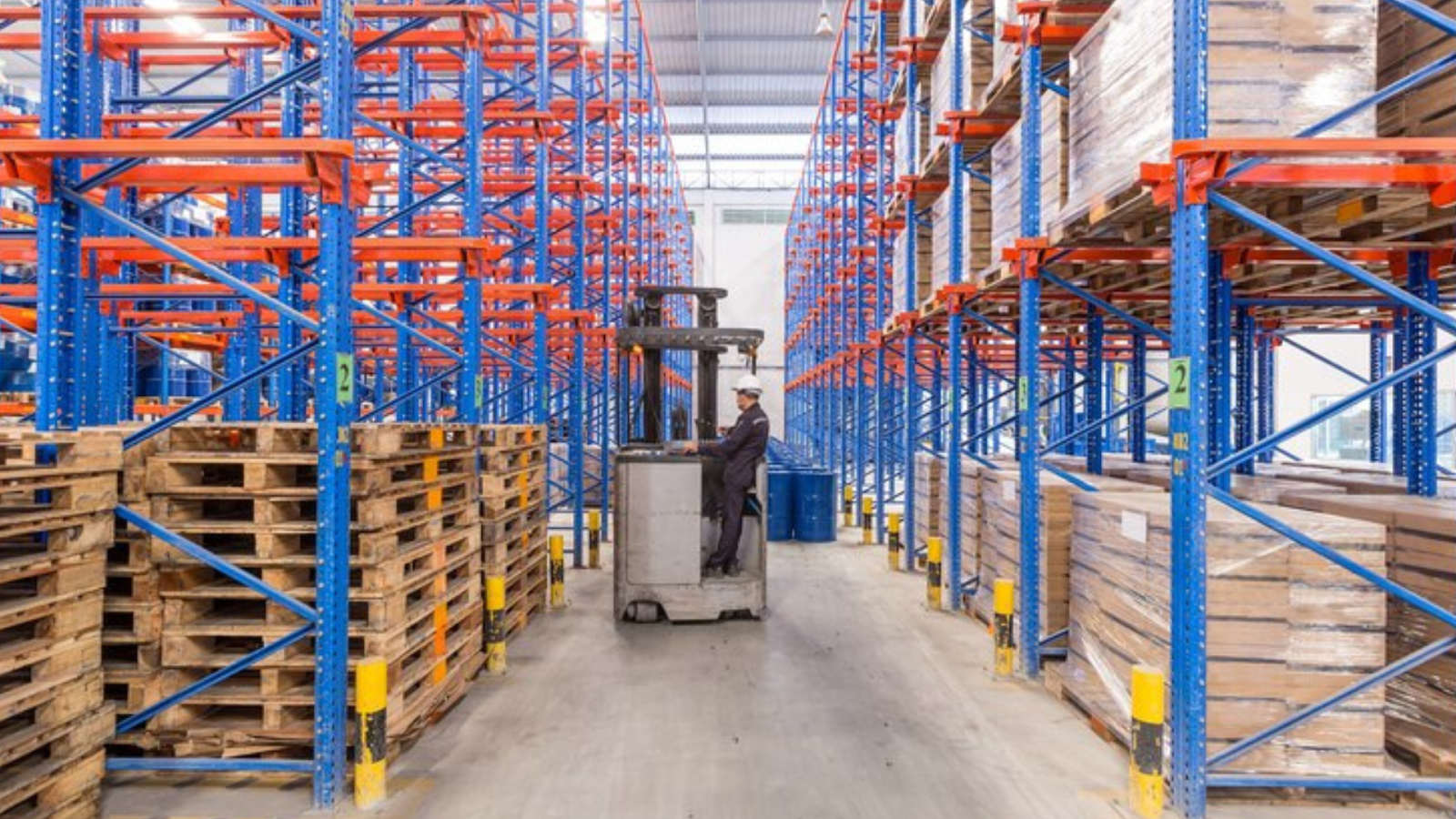
There are several types of pallet racking systems available, each with its own size specifications. The most common types include:
With the types of racking in mind, let’s look into the essential steps for choosing the right size of pallet racking that fits your warehouse’s needs.

Choosing the right pallet racking dimensions requires careful consideration of several factors. Here are seven steps to guide you through the process:
The first step in choosing the right pallet racking system is evaluating your inventory. Understanding the types, sizes, and weights of the items you plan to store helps determine the required pallet racking dimensions. Key questions to ask include:
Standard pallet size is typically 48” x 40” (length x width), but you may have custom-sized pallets, such as 42” x 42” for European or other non-standard pallets.
The weight will impact the beam size and frame depth. Typically, the weight of the palletized goods will directly correlate to the racking system's capacity and strength.
Formula:
Average load per pallet = Total weight of items on pallet / Number of pallets.
This helps determine the load-bearing capacity needed for each rack.
Pallet size and weight play a critical role in determining the racking system’s dimensions.
For example, a 48” x 40” pallet may fit in a standard 42” rack depth, while a 48” x 48” pallet may need a 48” rack depth.
Formula:
Rack Depth Calculation = (Pallet Length + Gap for Handling) x 1.2
This ensures enough space for forklifts or other equipment to move the pallets easily.
Frame depth is important for supporting your pallets while ensuring accessibility.
Formula:
Optimal Depth = Maximum Pallet Depth + Minimum Aisle Clearance
Ensure that the pallet depth doesn’t extend too far beyond the rack to prevent wasted space and improve maneuverability.
Consider the warehouse height and the types of goods you are storing when selecting the frame height. Racking height determines vertical storage capacity, but it must also balance with accessibility.
Formula:
Rack Height = Ceiling Height – Safety Clearance – Forklift Reach
Ensure the height allows for the optimal use of vertical space while leaving room for safe operation.
The size of the beams depends on the weight and size of the pallets you’re storing.
Formula:
Beam Load Calculation = (Pallet Weight per Level) x Number of Pallet Levels per Beam
This ensures the beams can support the total weight at each level of storage.
Measure your warehouse space carefully to ensure that the pallet racking system fits within your available floor space. The system should optimize your layout for both accessibility and safety.
Formula:
Total Aisle Space = Total Warehouse Width - (Rack Width x Number of Rows)
This formula helps you determine how many rows of racks fit within your warehouse while leaving room for aisles.
Ensure your pallet racking system meets all relevant safety standards, including those set by OSHA and other regulatory bodies.
Formula:
Rack Safety Load Capacity = Beam Load Capacity x Frame Load Capacity
This helps ensure your pallet racks can safely hold the weight distributed across the beams and uprights.
After selecting the right size, it's critical to keep safety in mind. Let's look at the key warehouse rack safety considerations to ensure a secure setup.

When selecting pallet racking, it’s important to prioritize safety. Here are five safety considerations to keep in mind:
With safety in mind, understanding the key components of warehouse racks will help you make an informed decision on materials and installation.
Understanding the right pallet racking dimensions is essential to optimizing warehouse space and enhancing operational efficiency. At Source Equipment, we specialize in distributing high-quality storage and material handling solutions from trusted manufacturers like Husky Rack & Wire and Dyna Rack Corporation.
Whether you're looking to maximize vertical space with sturdy pallet racks, improve safety with secure access cages, or enhance workflow with dock lifts, Source Equipment has suitable product options for your warehouse needs.
Choosing the right pallet racking dimensions is key to optimizing storage capacity, efficiency, and safety in any warehouse. By understanding different types of racking systems and following best practices for selecting size, businesses can ensure maximum utilization of space while maintaining safety standards.
If you’re looking for tailored pallet racking solutions, Source Equipment distributes a range of pallet racking solutions designed to meet your warehouse needs. From pallet racks and lift tables to custom storage solutions, we offer products from leading manufacturers like Husky Rack & Wire and Bayhead Products.
Reach out to Source Equipment to explore how our pallet racking solutions can optimize your warehouse operations for greater efficiency and safety.
Standard pallet racking dimensions typically feature uprights with depths ranging from 36" to 48", beam lengths between 96" and 144", and heights varying from 8 to 30 feet, depending on the storage requirements. The system’s configuration can be adjusted based on the weight, size of pallets, and available space in the warehouse. These dimensions are designed to optimize storage, improve accessibility, and ensure the safe handling of goods in various warehouse environments.
To determine the right pallet racking size, assess your pallet dimensions, the weight of your inventory, and the available space in your warehouse. You must ensure the racking system fits your warehouse layout and provides easy access to products. Additionally, optimize vertical storage to maximize available floor space while considering safety standards. Consult with an expert to ensure the system will efficiently handle your specific load requirements and operational flow.
Common types of pallet racking systems include selective racking, drive-in racking, push-back racking, and pallet flow racking. Selective racking is ideal for easy access to all pallets, while drive-in racking allows for high-density storage with fewer aisles. Push-back racking is great for last-in, first-out (LIFO) operations, and pallet flow racking offers first-in, first-out (FIFO) inventory management. Each system is tailored to different operational needs and warehouse layouts, maximizing storage efficiency.
Beam and upright sizes directly impact the load capacity of a pallet racking system. Larger beams provide greater strength and support for heavier loads, while thicker uprights increase the overall stability of the system. The depth of the uprights and the height of the system also determine how much weight the racking can safely hold. Choosing the correct beam and upright sizes ensures your racking system can handle the weight of your inventory without compromising safety.
Yes, many suppliers, including Source Equipment, offer custom pallet racking systems tailored to meet specific needs, such as non-standard pallet sizes, heavier loads, or specialized warehouse layouts. Custom racking systems can be designed to maximize storage space, improve operational efficiency, and ensure that the racking system fits the unique requirements of your facility. These solutions are ideal for businesses with unique inventory types or space constraints.

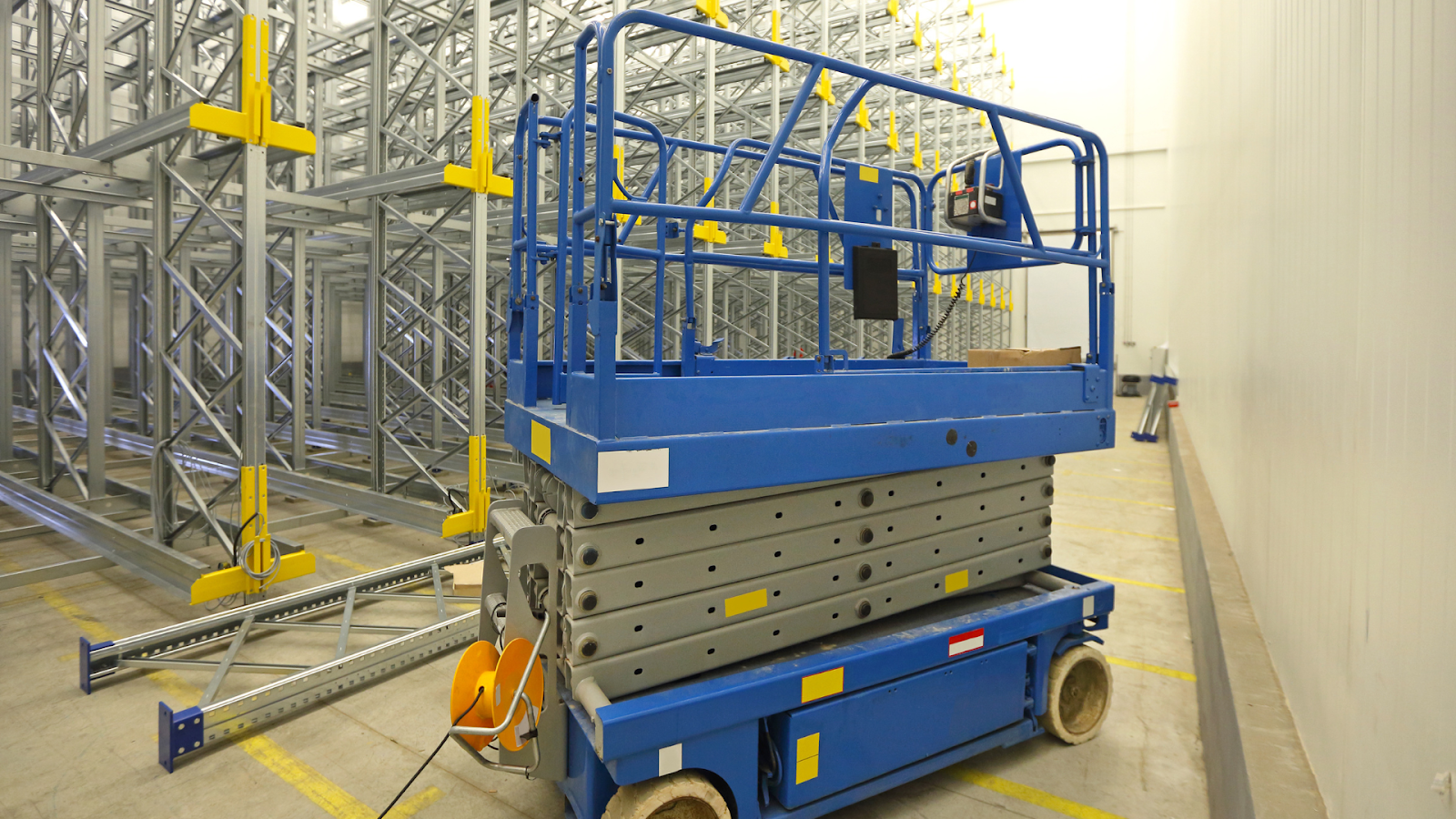
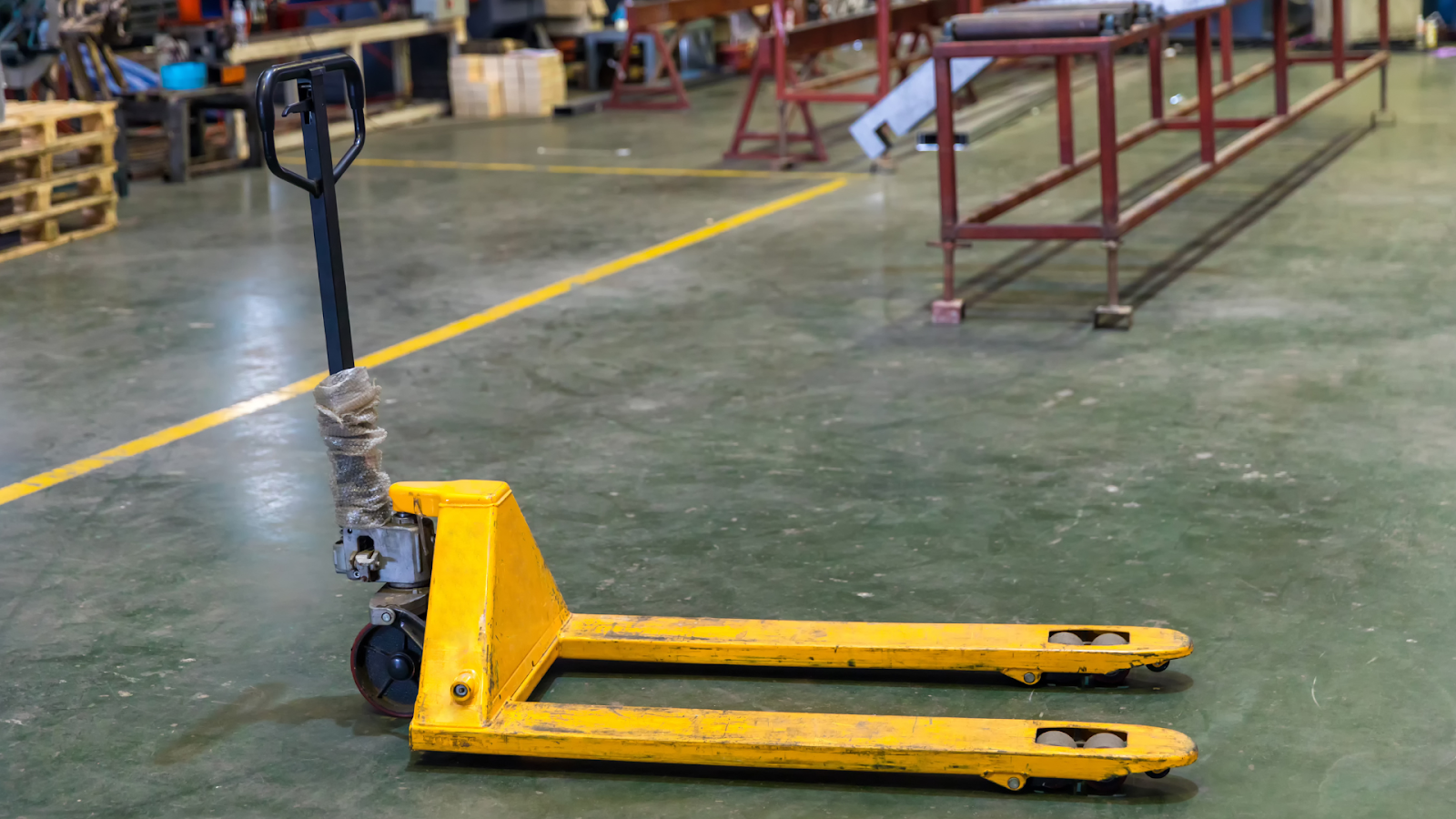
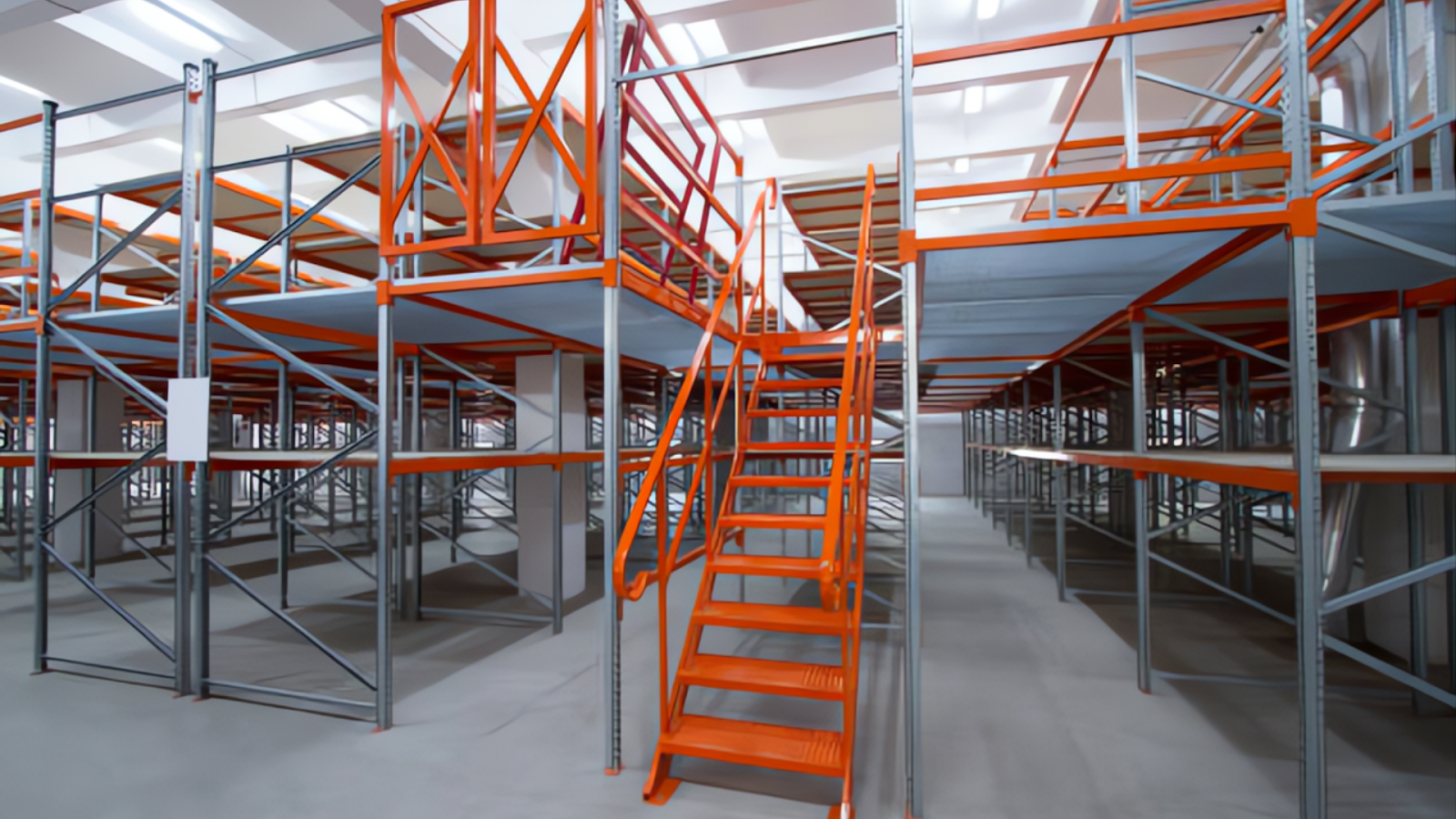
Ready to Upgrade Your Process Operations?